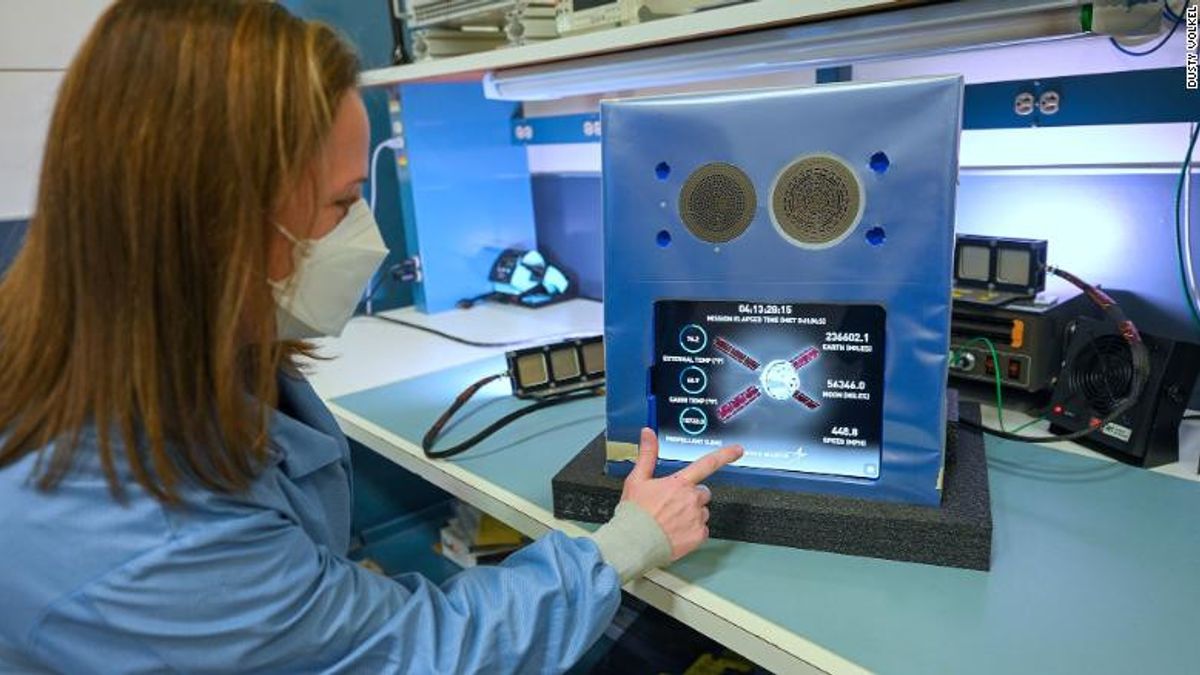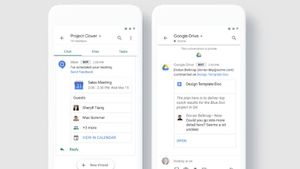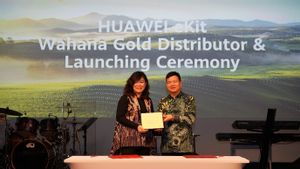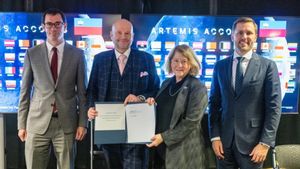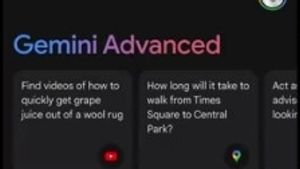JAKARTA - NASA's Artemis 1 mission in March this year will be scheduled to take off to send the Orion spacecraft around the Moon. Interestingly, not the astronauts who will ride the plane, but the smart assistant, Alexa.
According to reports, most of the cabin will be empty but will be filled by an interactive tablet dubbed Callisto, which will sit facing the astronaut's mannequin. Callisto is essentially a touchscreen device featuring reconfigured versions of Alexa, Amazon's voice assistant, and the Cisco WebEx teleconferencing platform.
By bringing the device, it is intended to conduct experiments on how virtual assistants perform in space without being connected to the Internet. If nothing else, it would be a well-placed ad.
This is all part of a collaboration between Amazon, Cisco, and Lockheed Martin, which built the Orion capsule for NASA. Lockheed approached two other companies with the idea of developing virtual assistants about three years ago, and they paid a full cost to include virtual assistants on the Artemis 1 mission.
"Lockheed is leading that effort and we are excited to enable it in terms of providing a platform, as we will do with demonstrations of other technologies that we think may provide benefits in the future," said Howard Hu, deputy program manager for NASA's Orion, Thursday, January 6th.
It should be noted that NASA was not involved in designing the system or selecting the partners that Lockheed brought in. The system, named Callisto, aims to one day make the astronaut's job easier.
For example, they can use Alexa to adjust cabin lighting while performing other tasks. Not only that, but it can also help connect with loved ones on Earth through WebEx.
"(We) envision a future where astronauts can turn to artificial intelligence, for information and assistance and ultimately for friendship," said Amazon's Alexa program vice president, Aaron Rubenson.
So far, NASA has only approved the use of Callisto on Artemis 1 and not for future manned Artemis missions.
"(NASA) is evaluating all kinds of technologies and looking for ways to enable astronauts to operate vehicles more efficiently. Of course, virtual assistants and AI will be part of that evaluation (for future missions) - whatever it is, whether it's Callisto or something else," Hu said.
SEE ALSO:
However, Cisco hopes that WebEx can improve astronauts' ability to communicate and coordinate with people on the ground, possibly used to organize meetings and conferences with multiple participants. That is, there must be an adequate Internet connection.
Questionable Internet connectivity also presents a challenge for Alexa. While on Earth, these smart devices need an Internet connection to process queries and retrieve information.
But Rubenson says the version of Alexa used for the Callisto system has been reconfigured to function mostly offline, theoretically capable of providing future astronauts with live updates on their flight trajectories. Even so, the system still requires a connection if astronauts request up-to-date information about events on Earth.
The English, Chinese, Japanese, Arabic, and French versions are automatically generated by the AI. So there may still be inaccuracies in translating, please always see Indonesian as our main language. (system supported by DigitalSiber.id)
